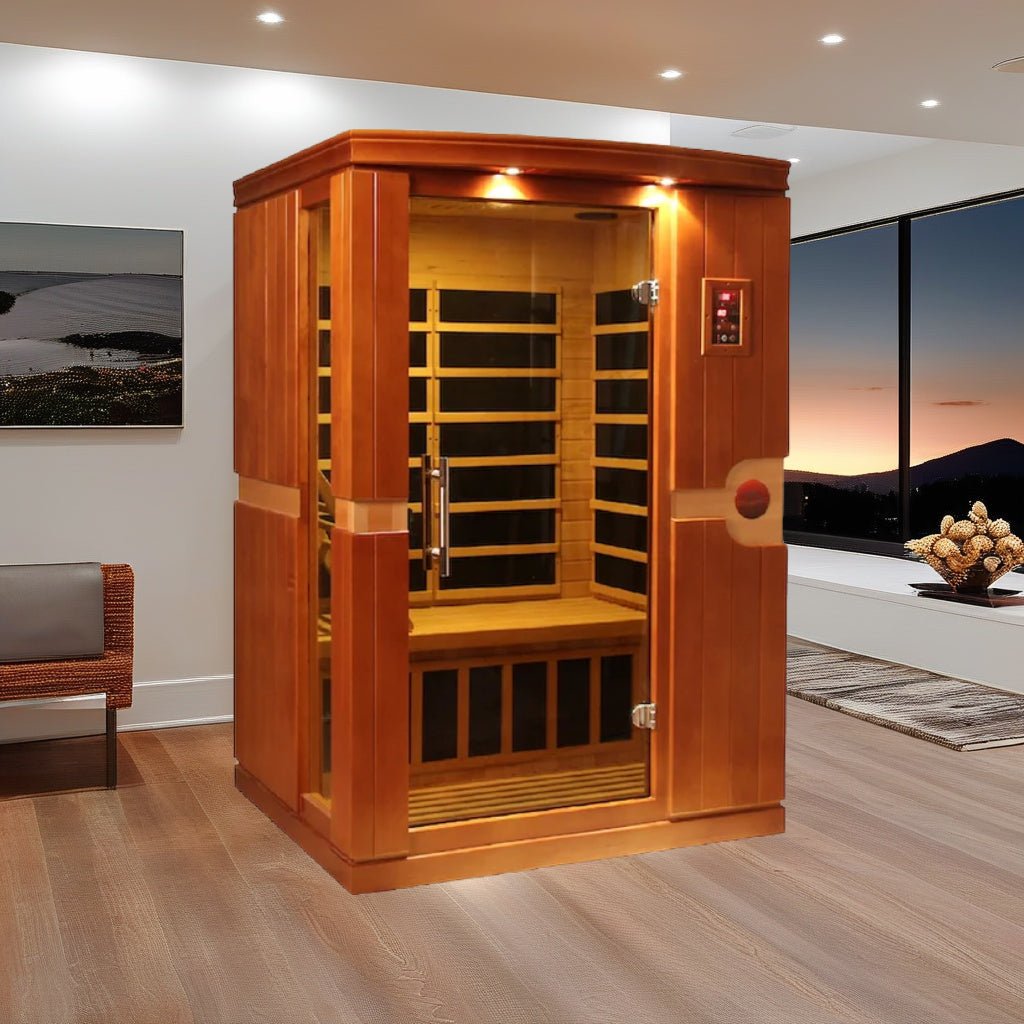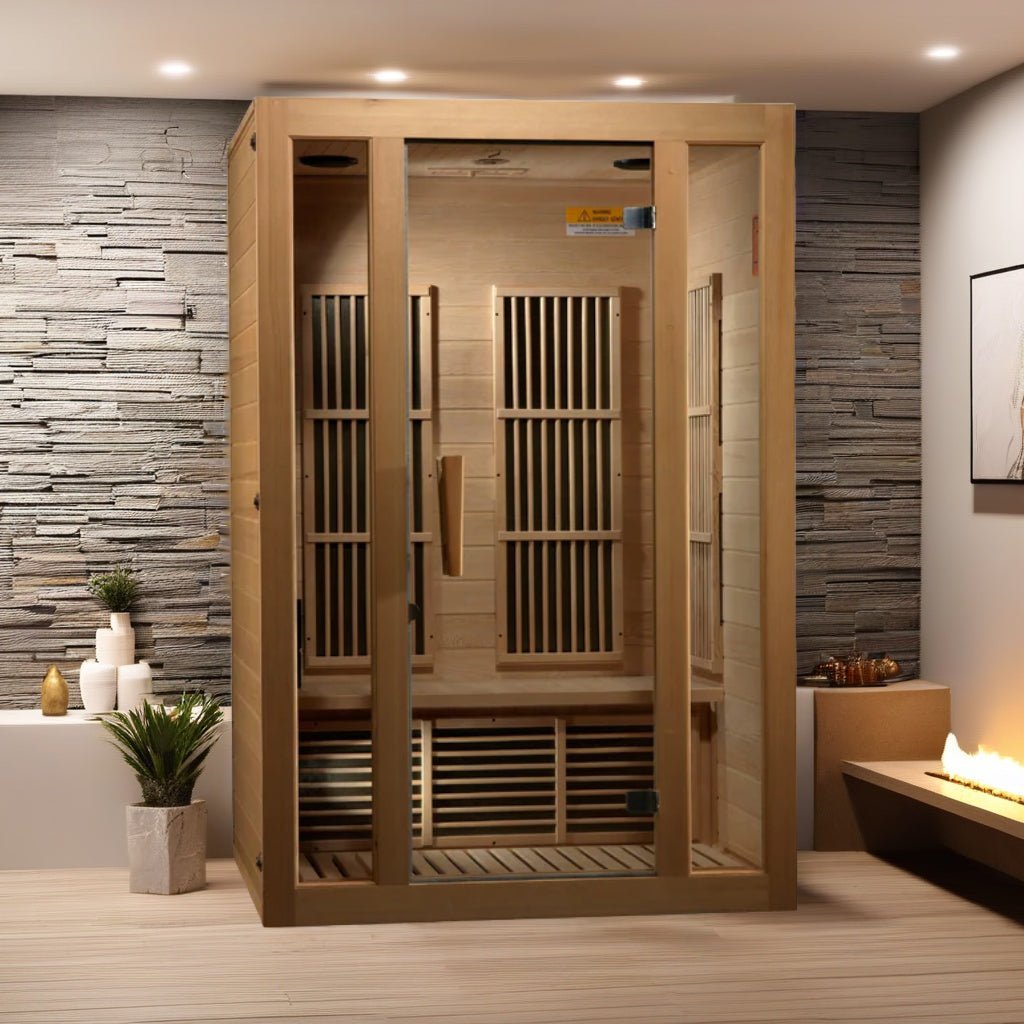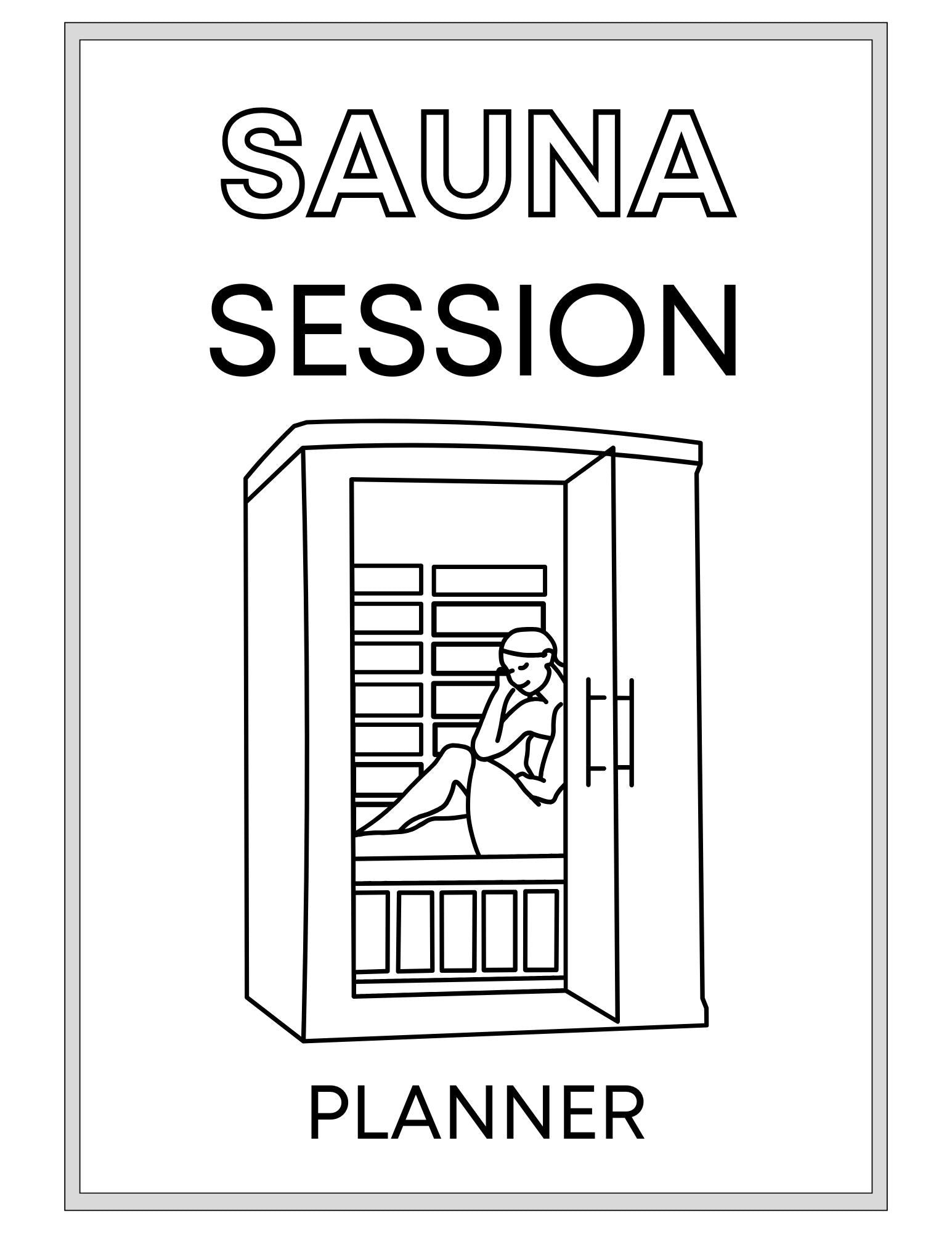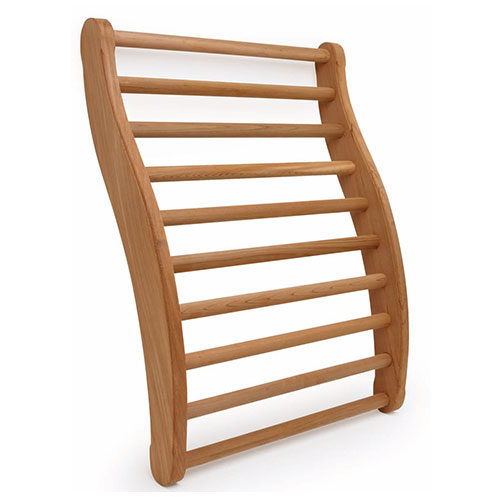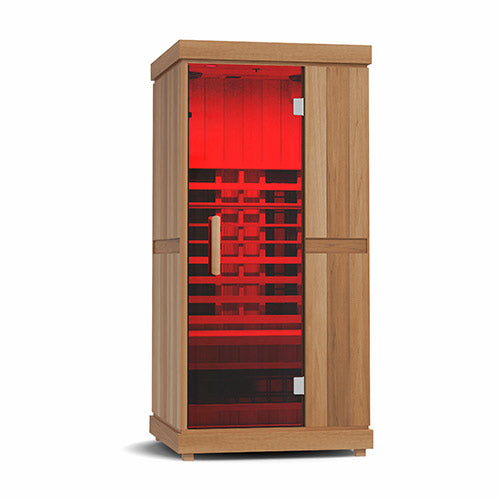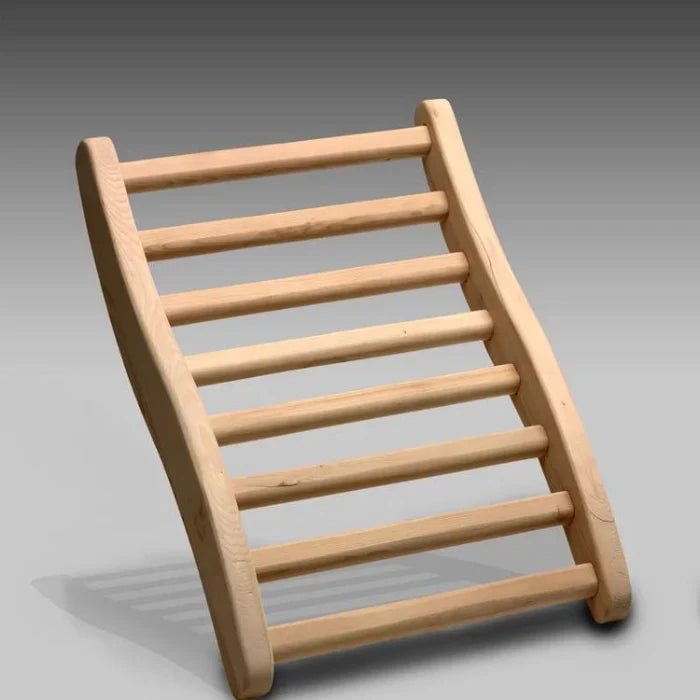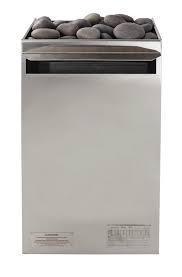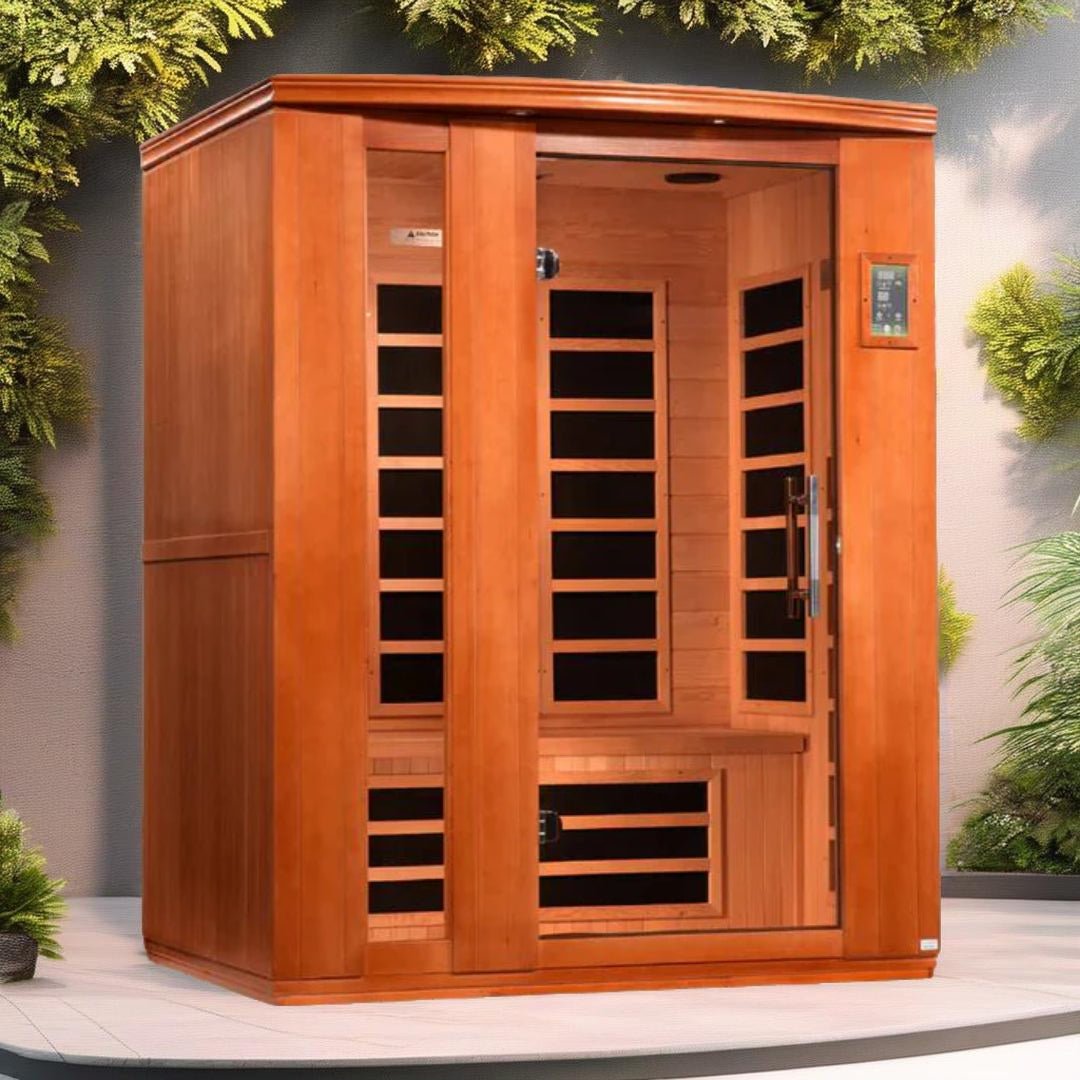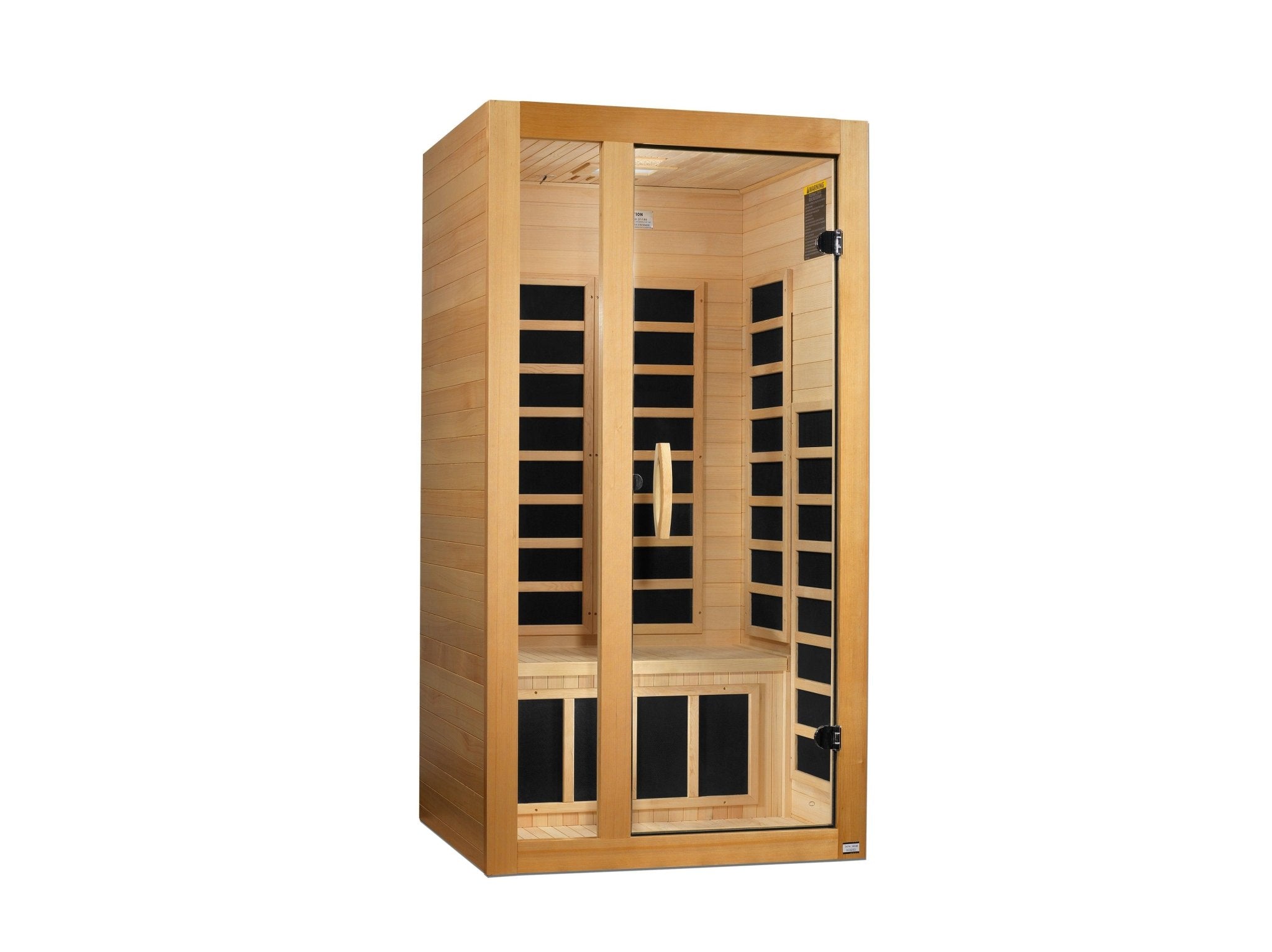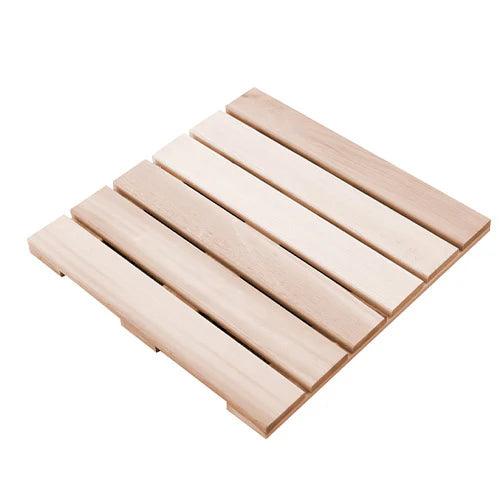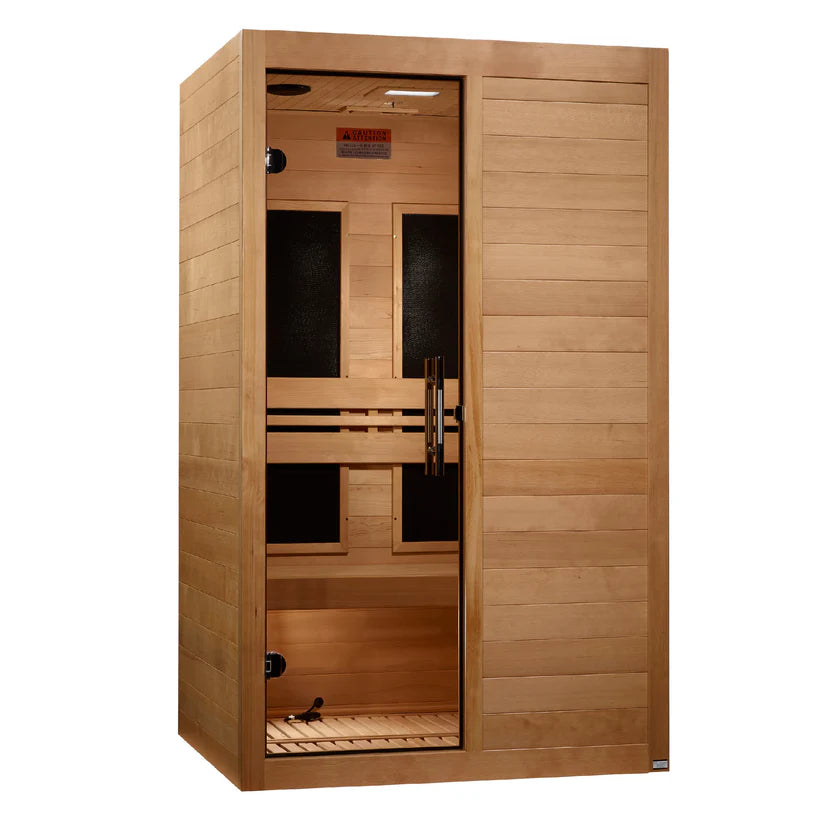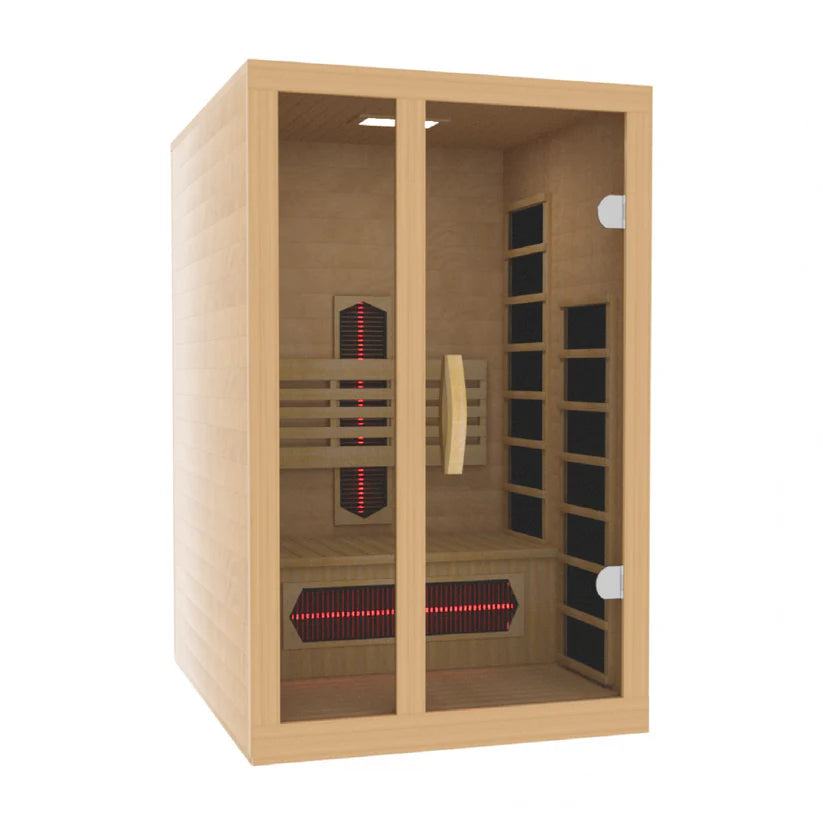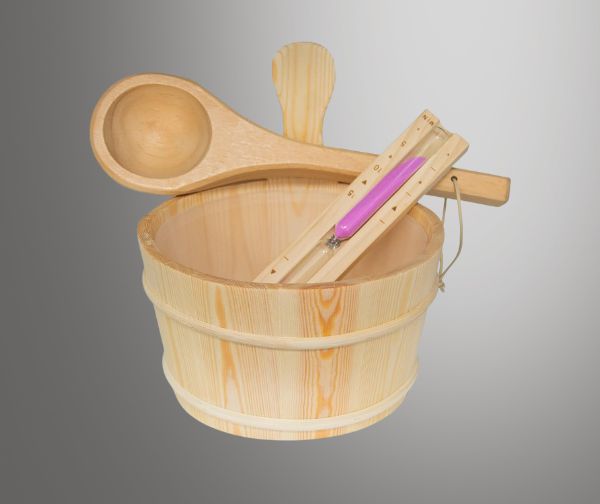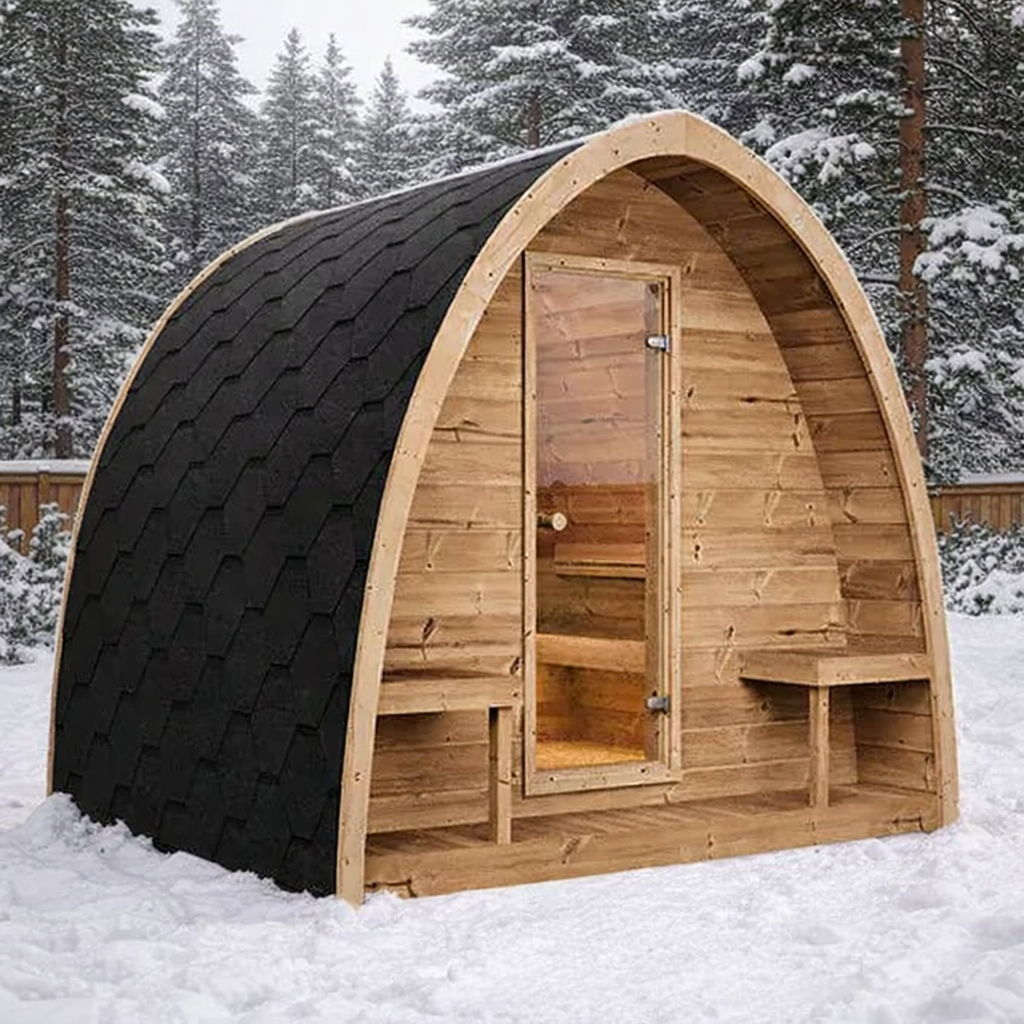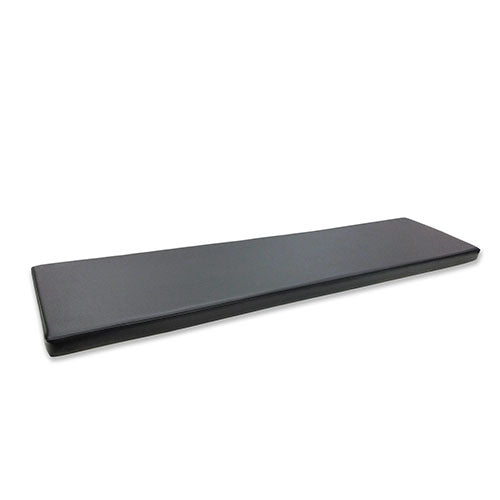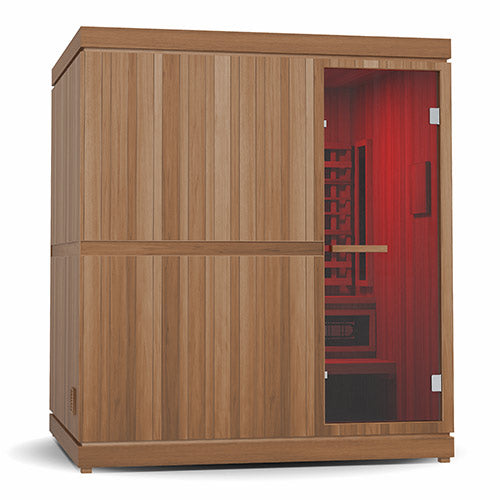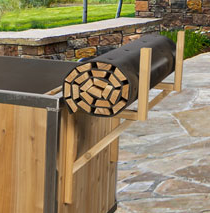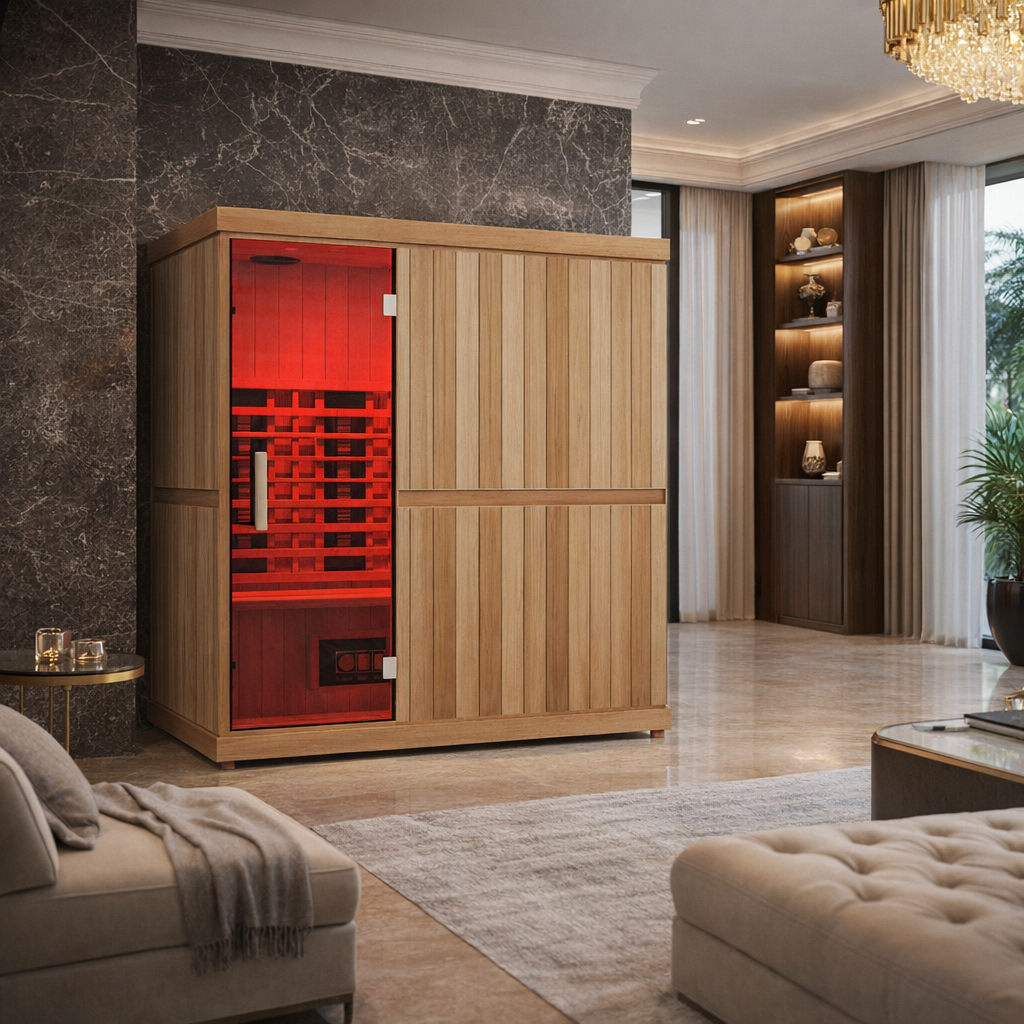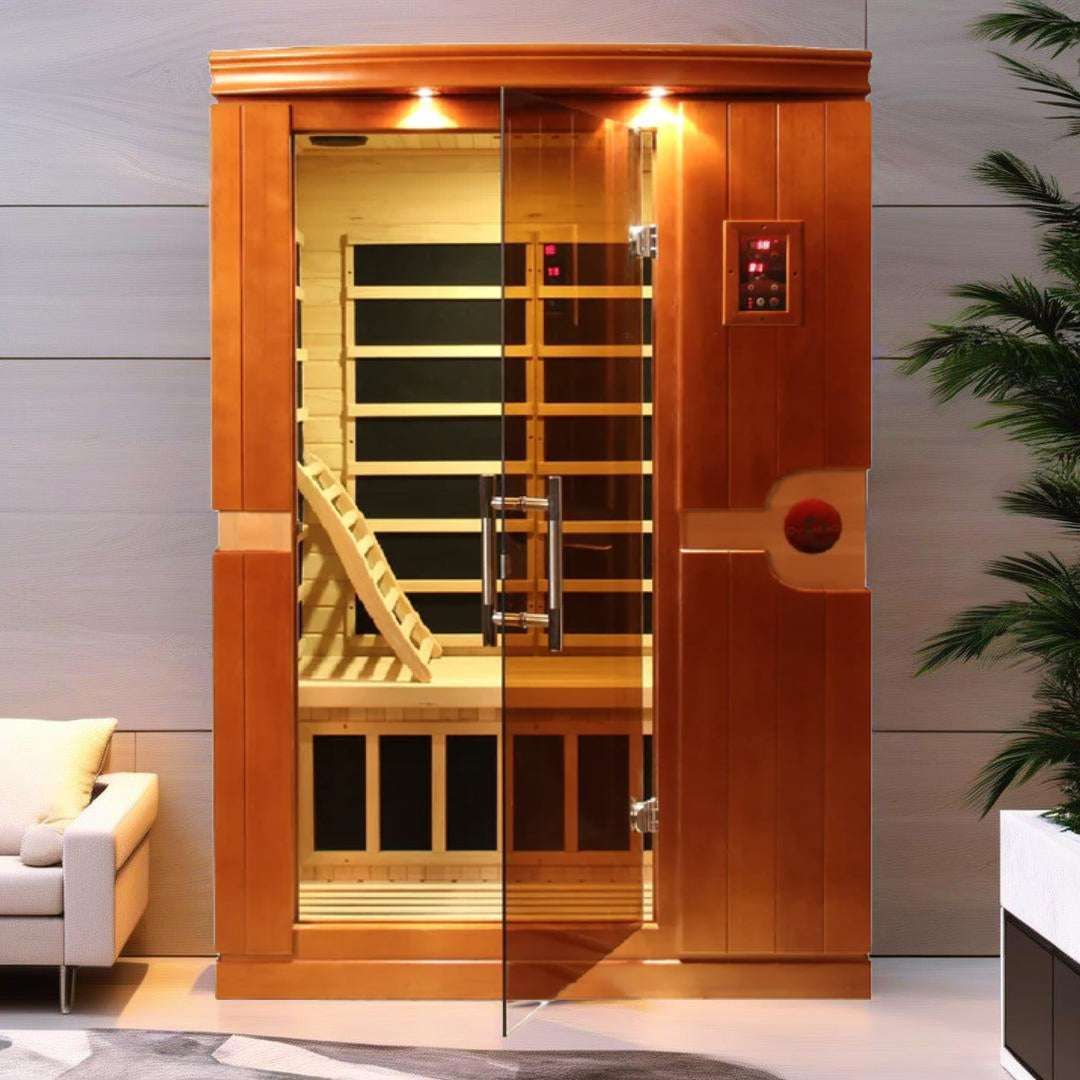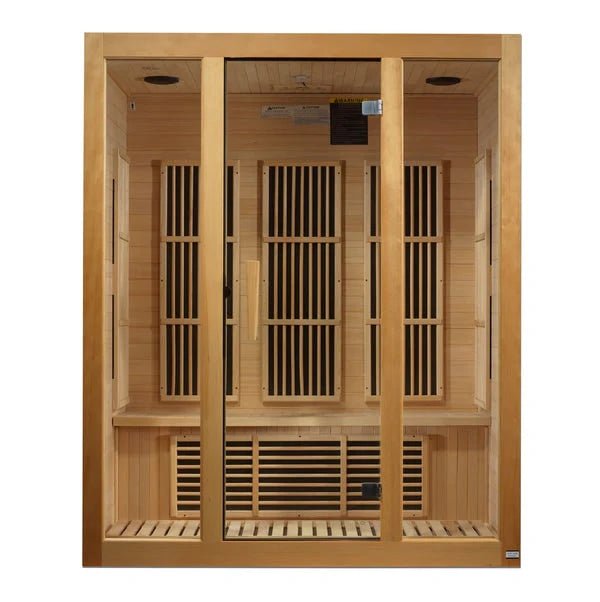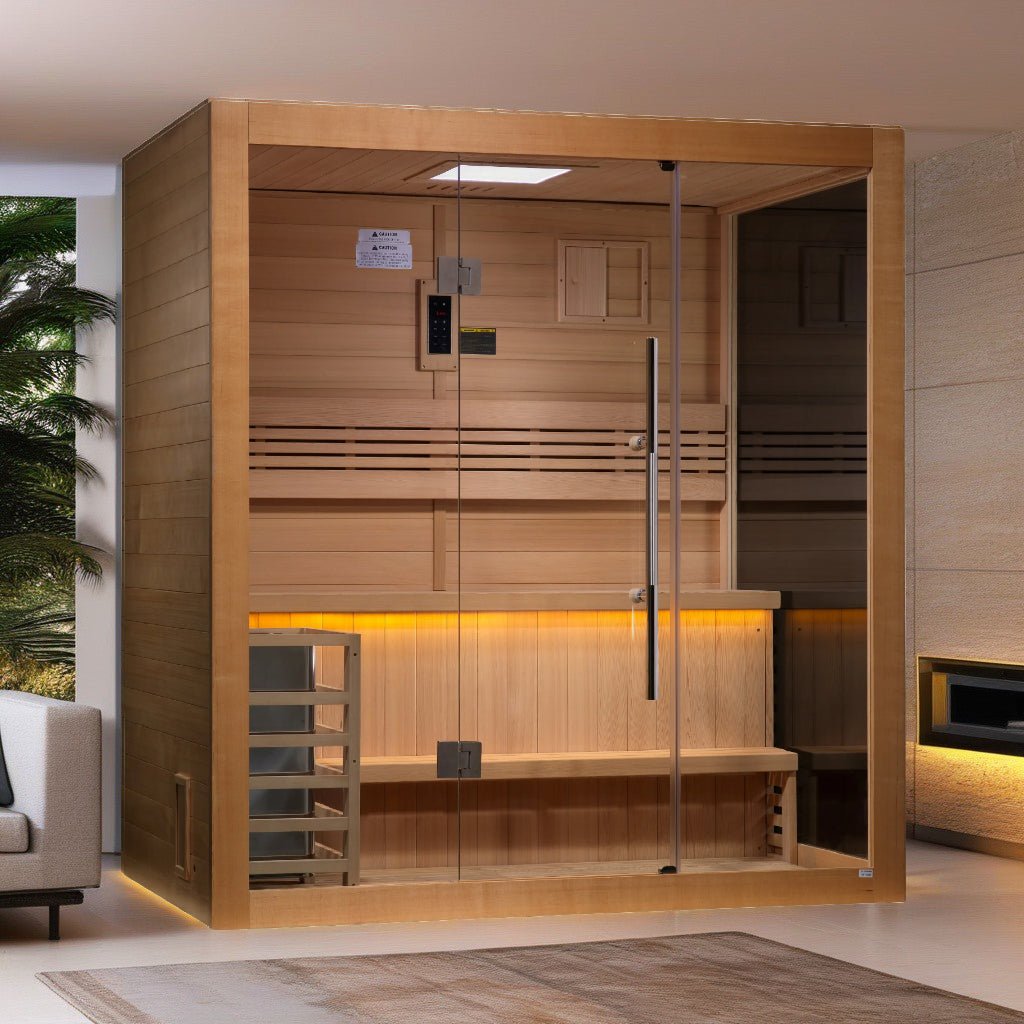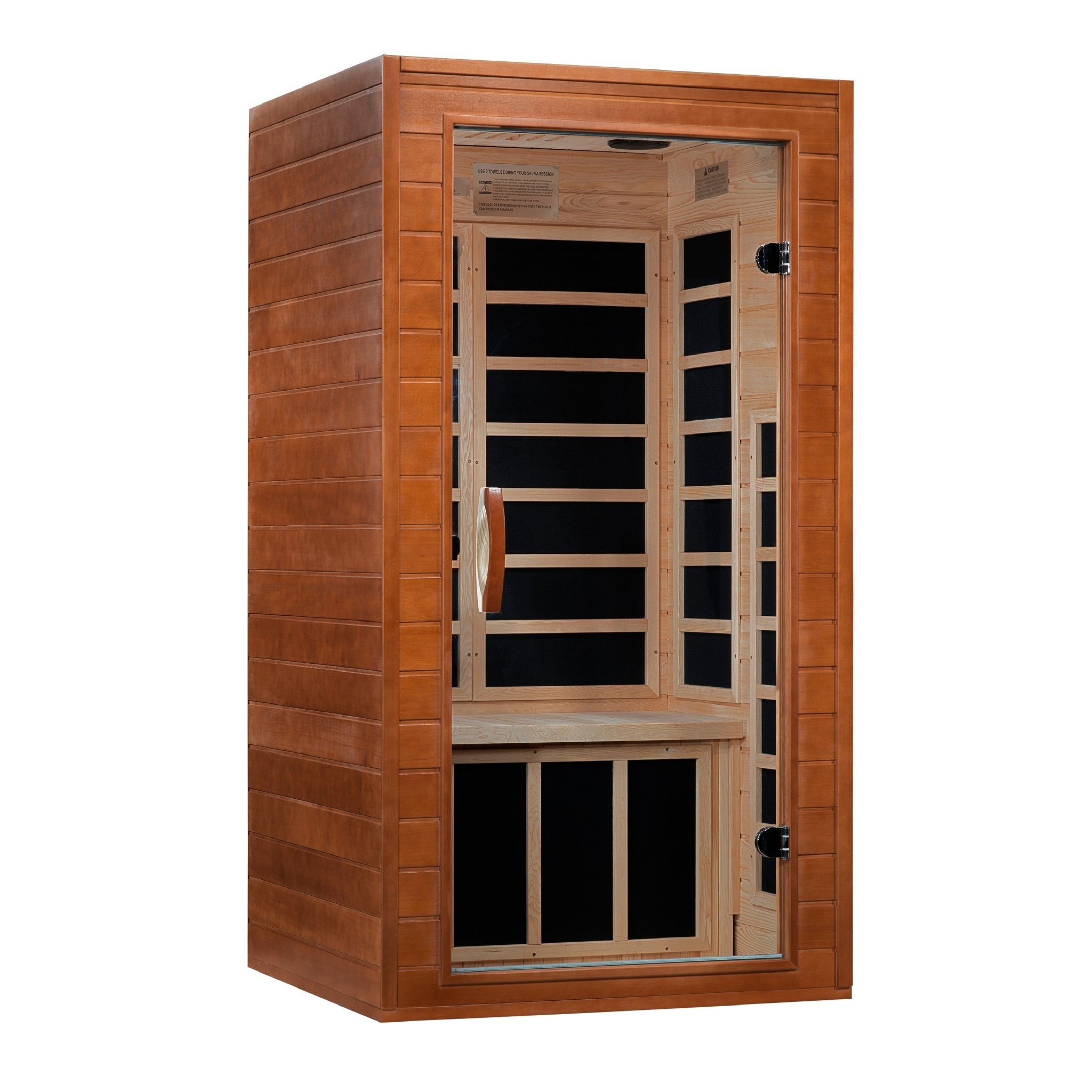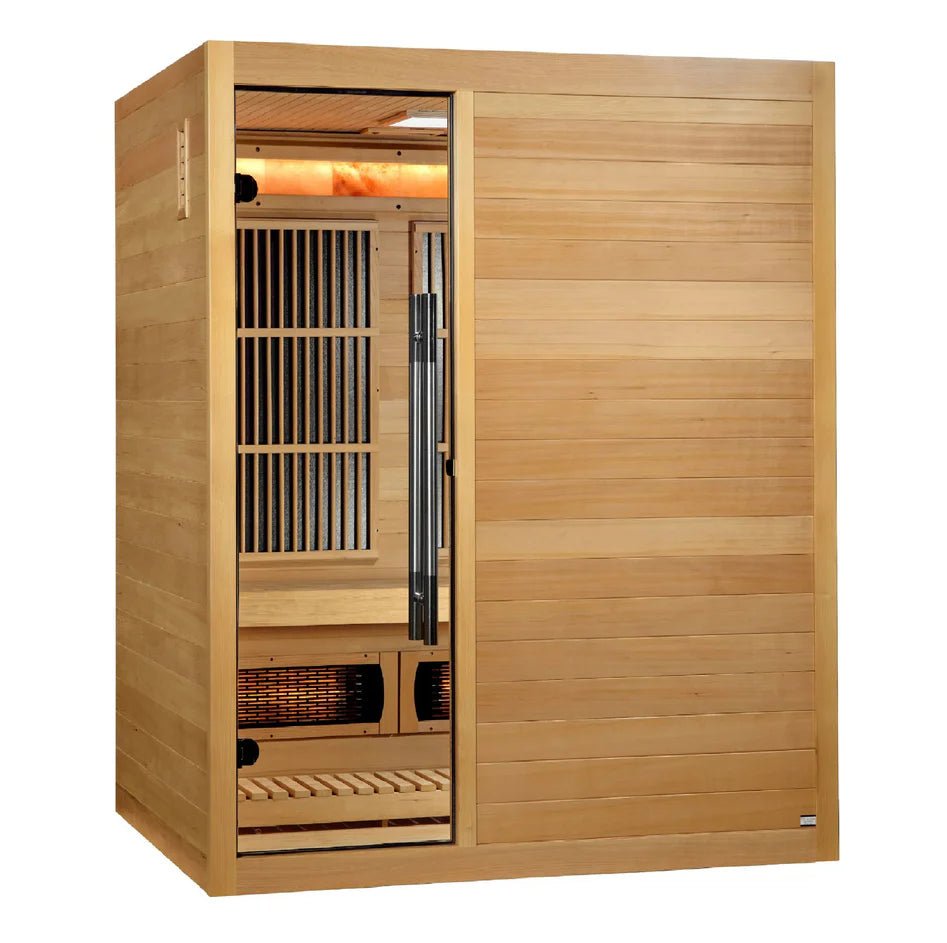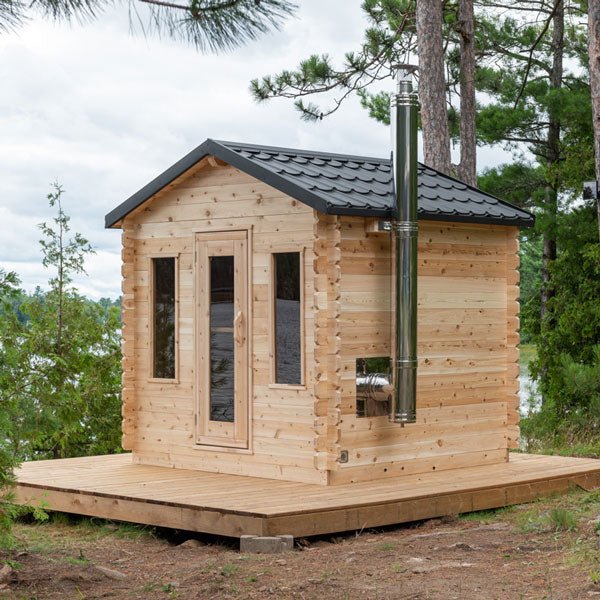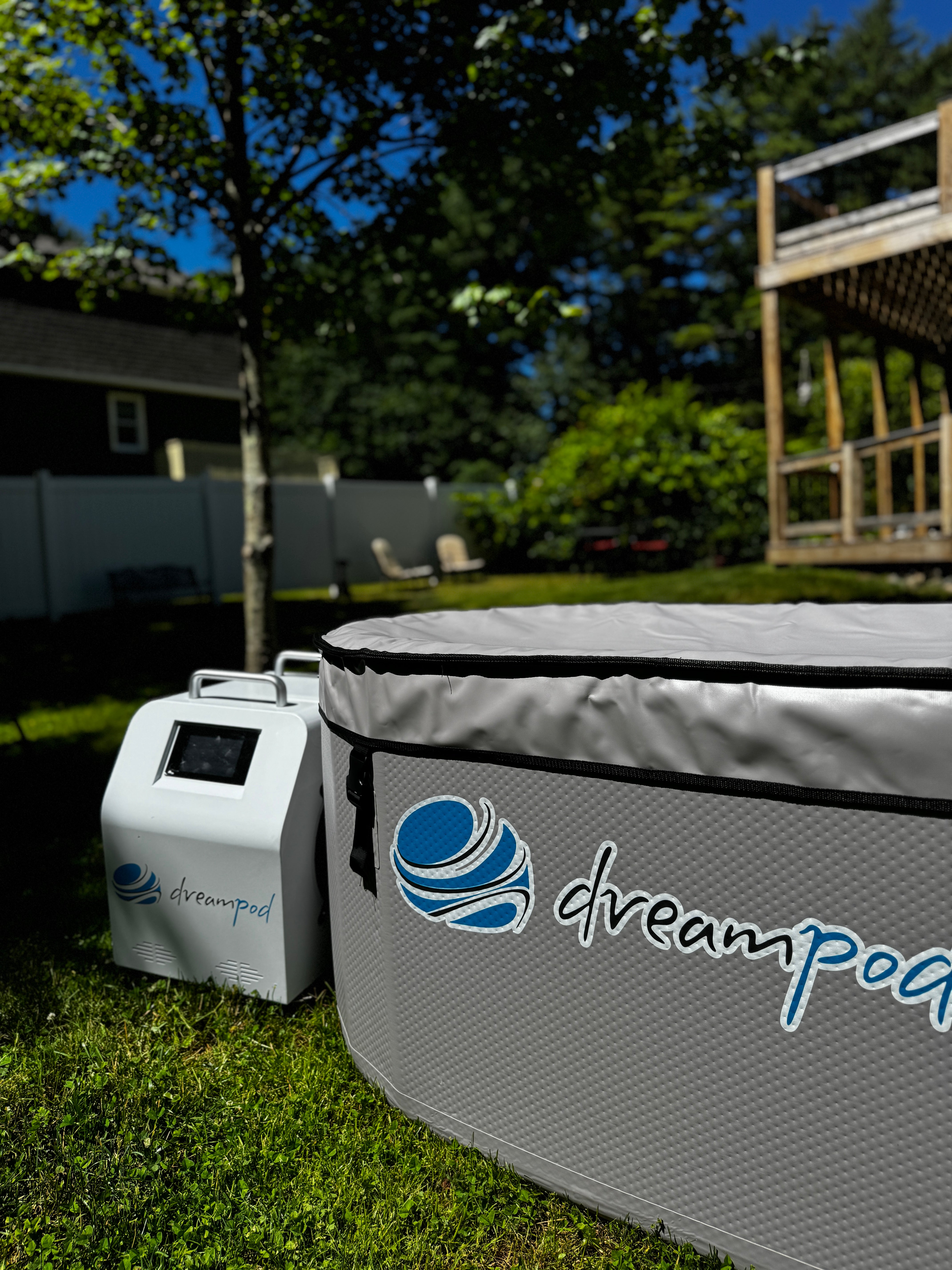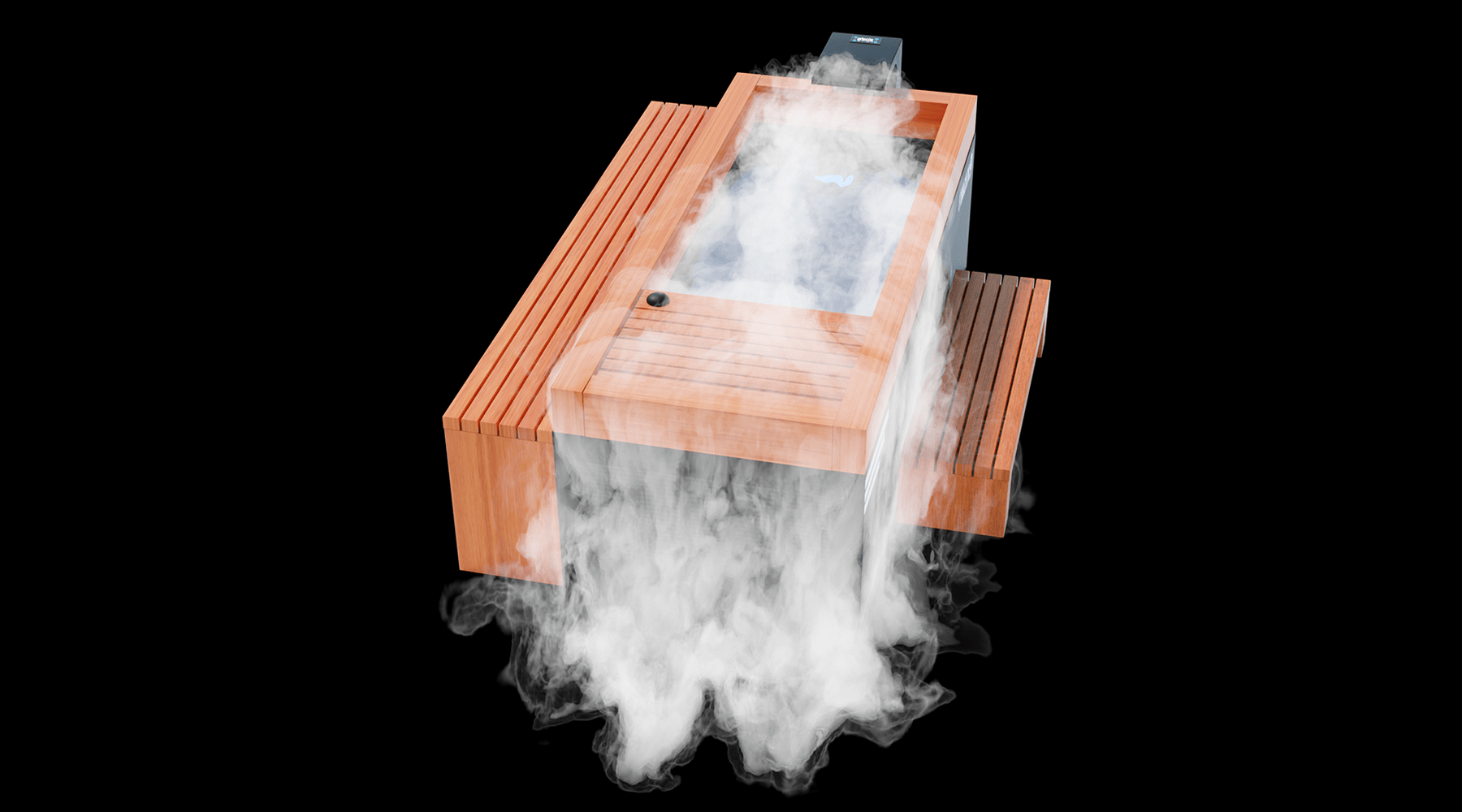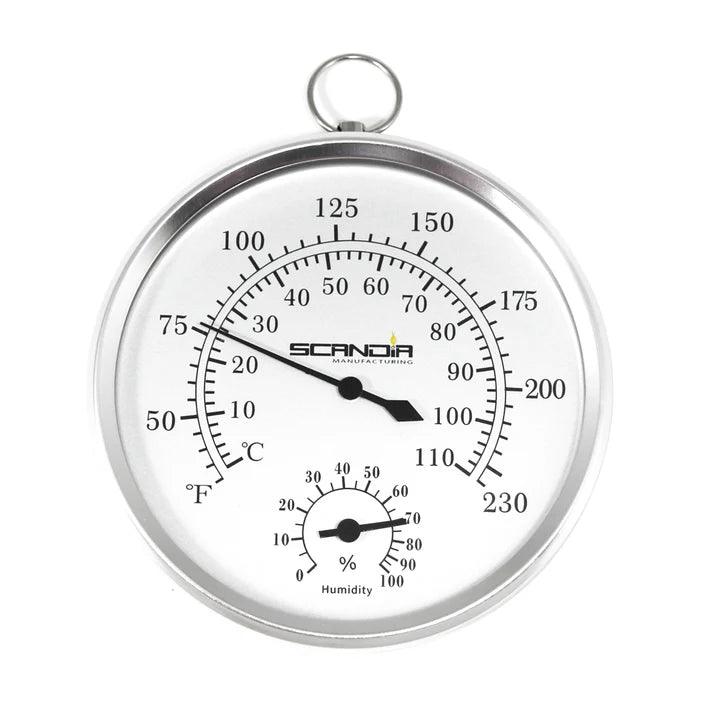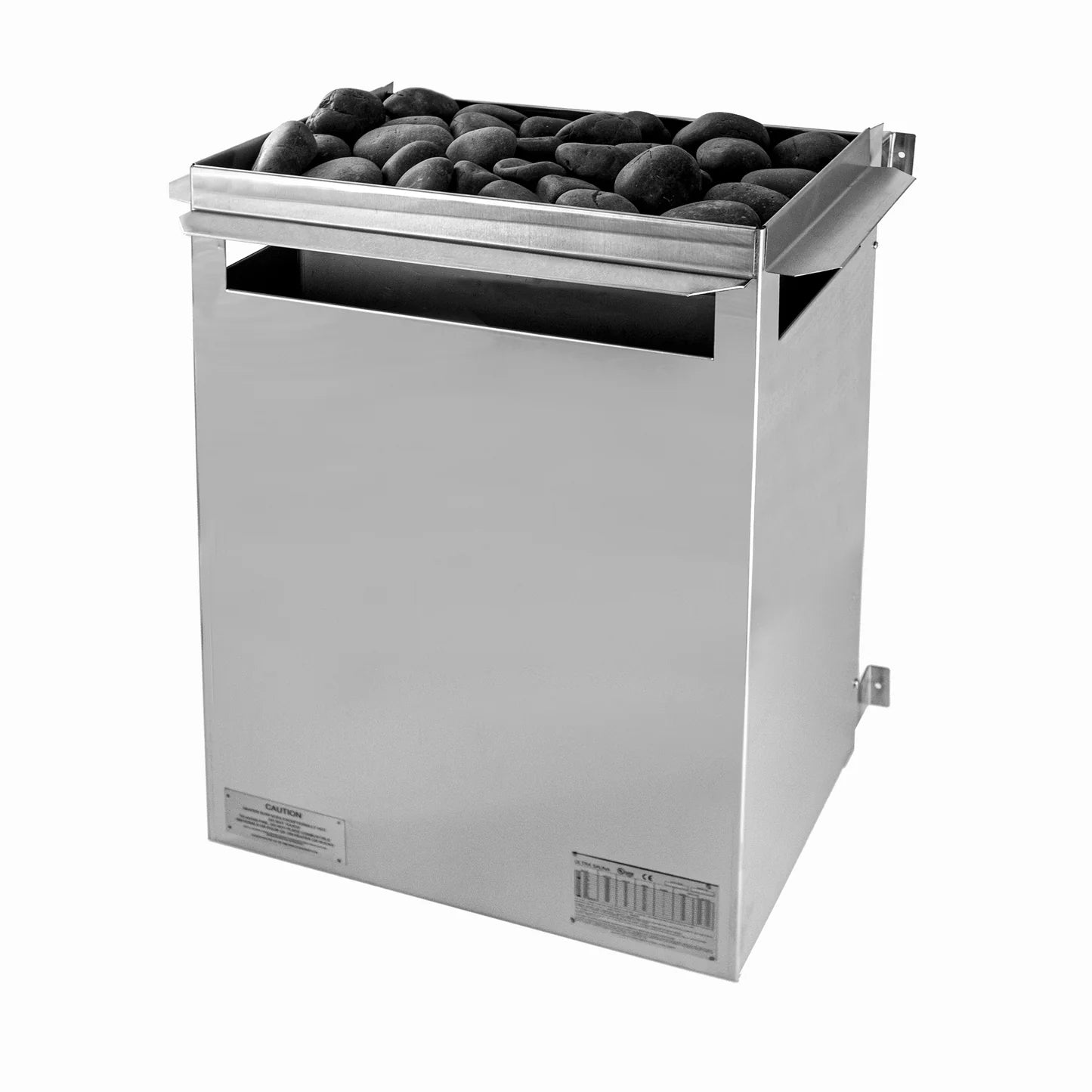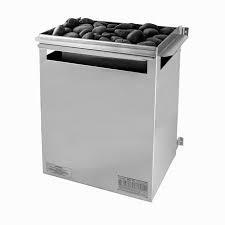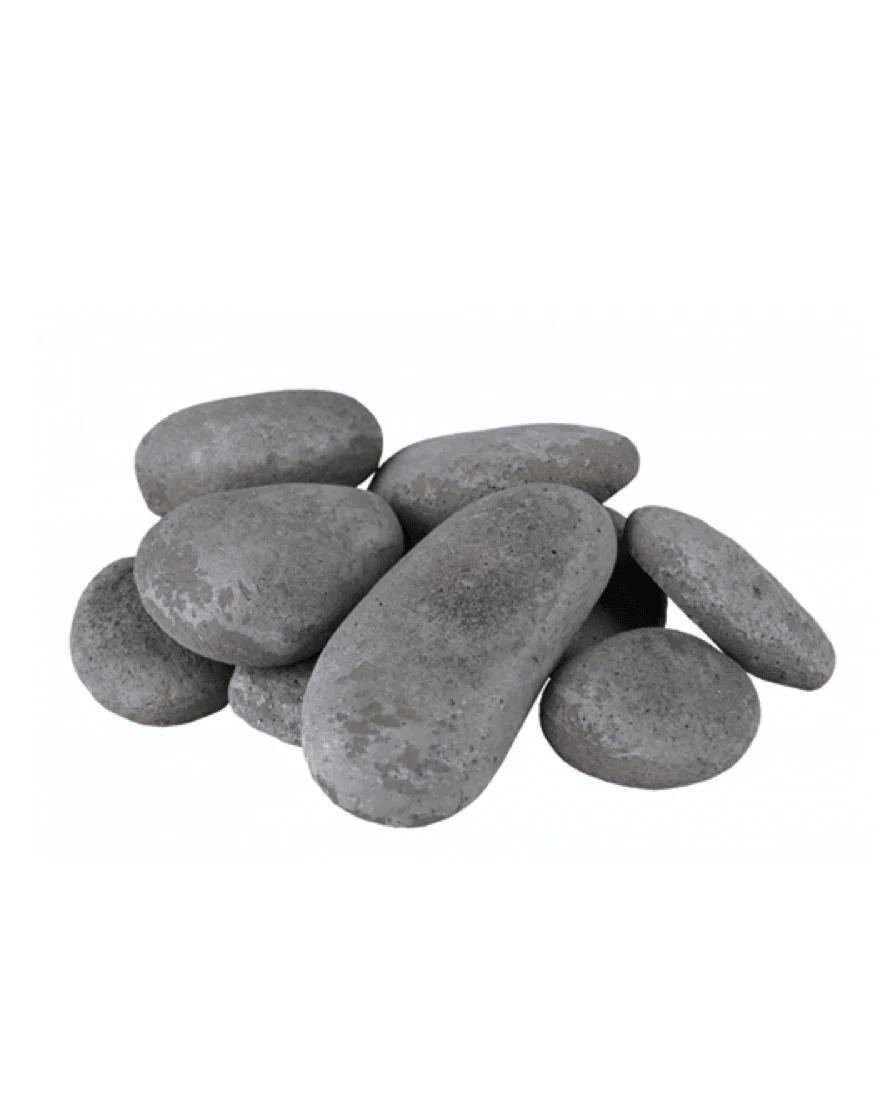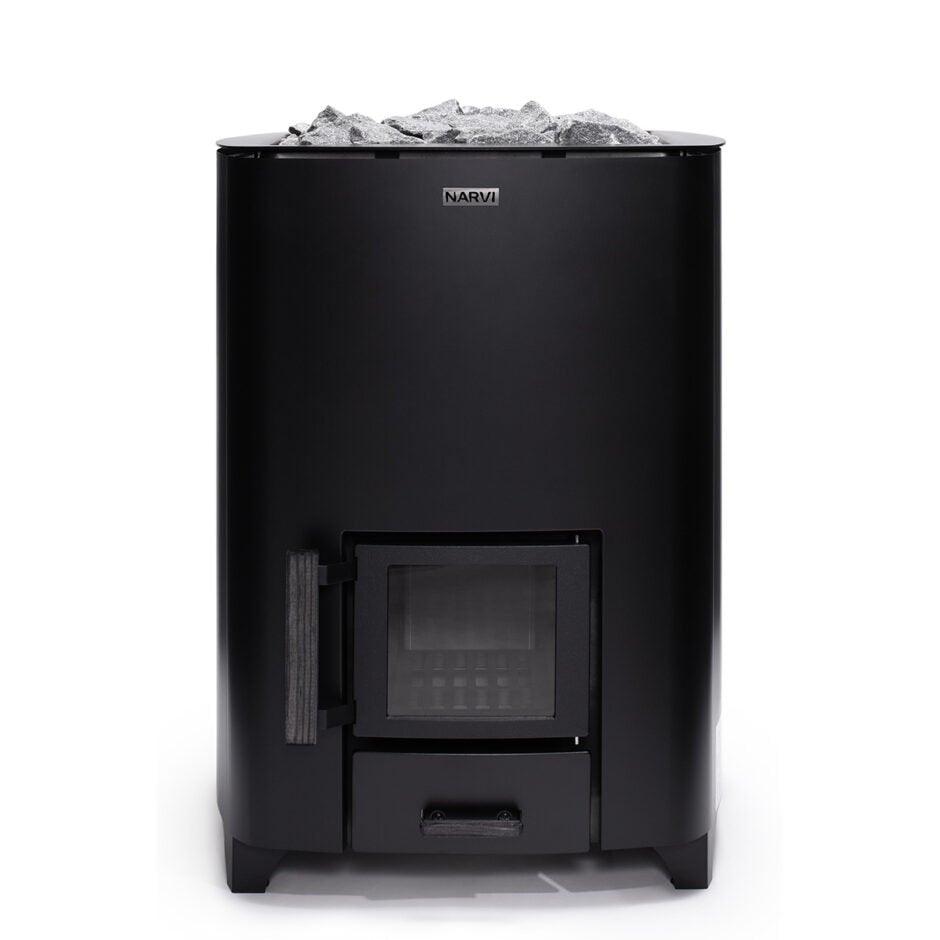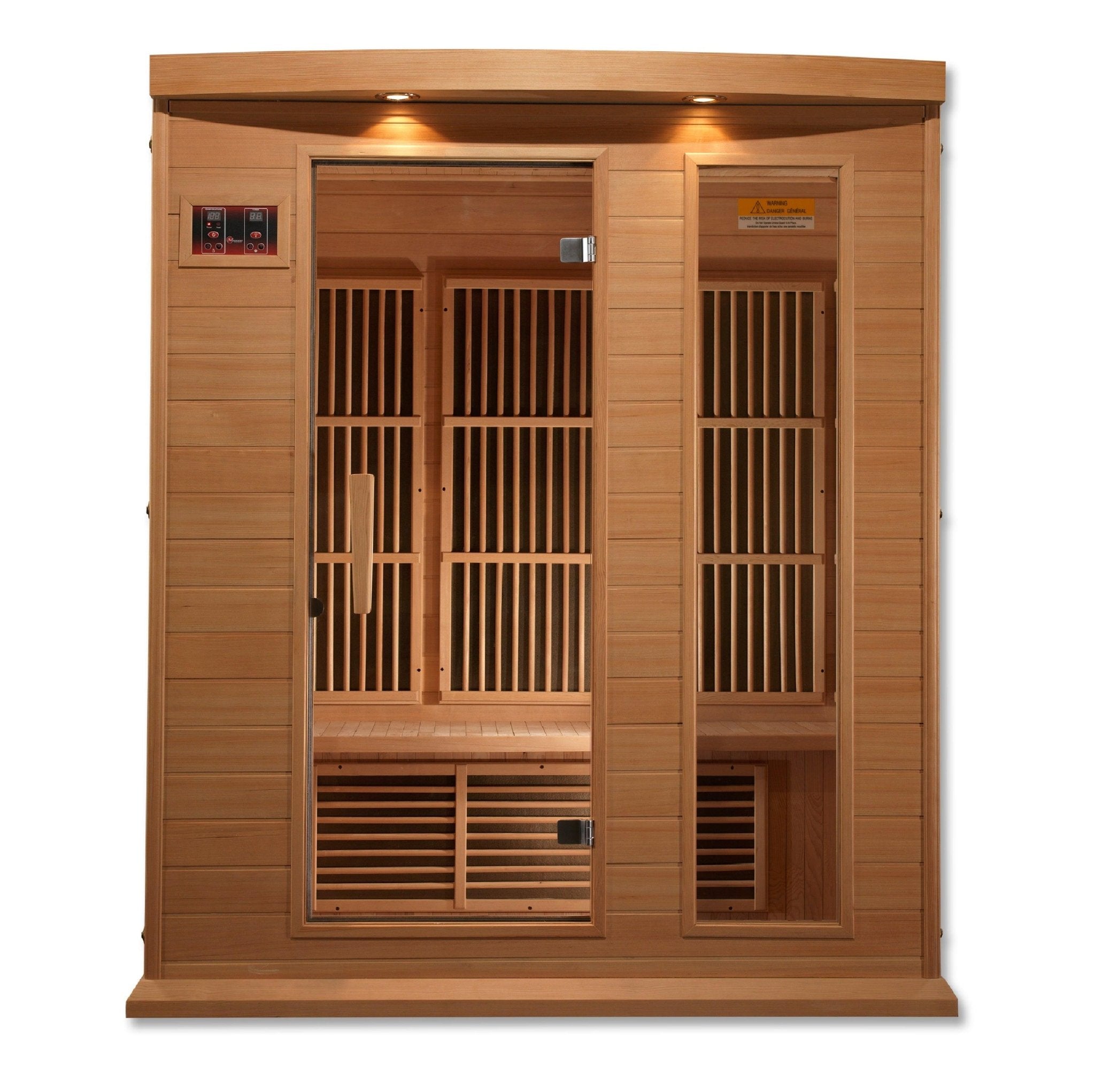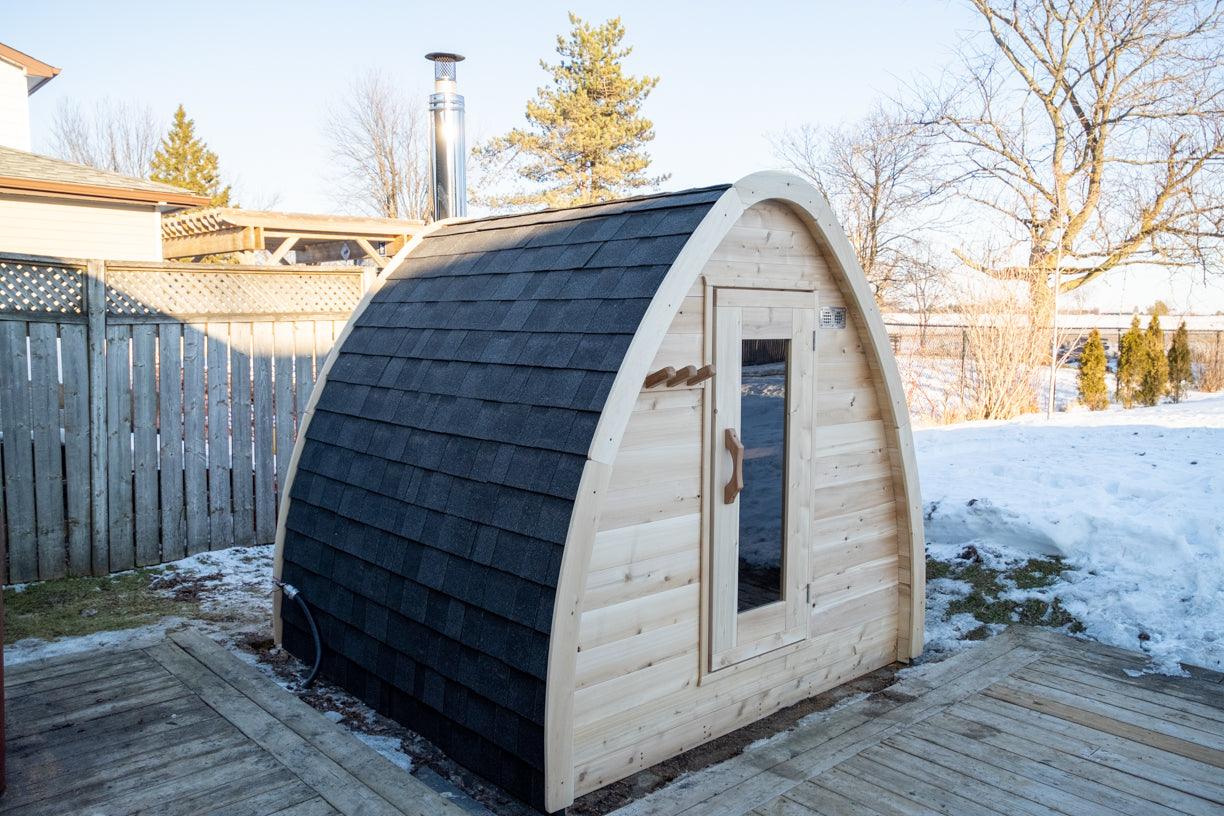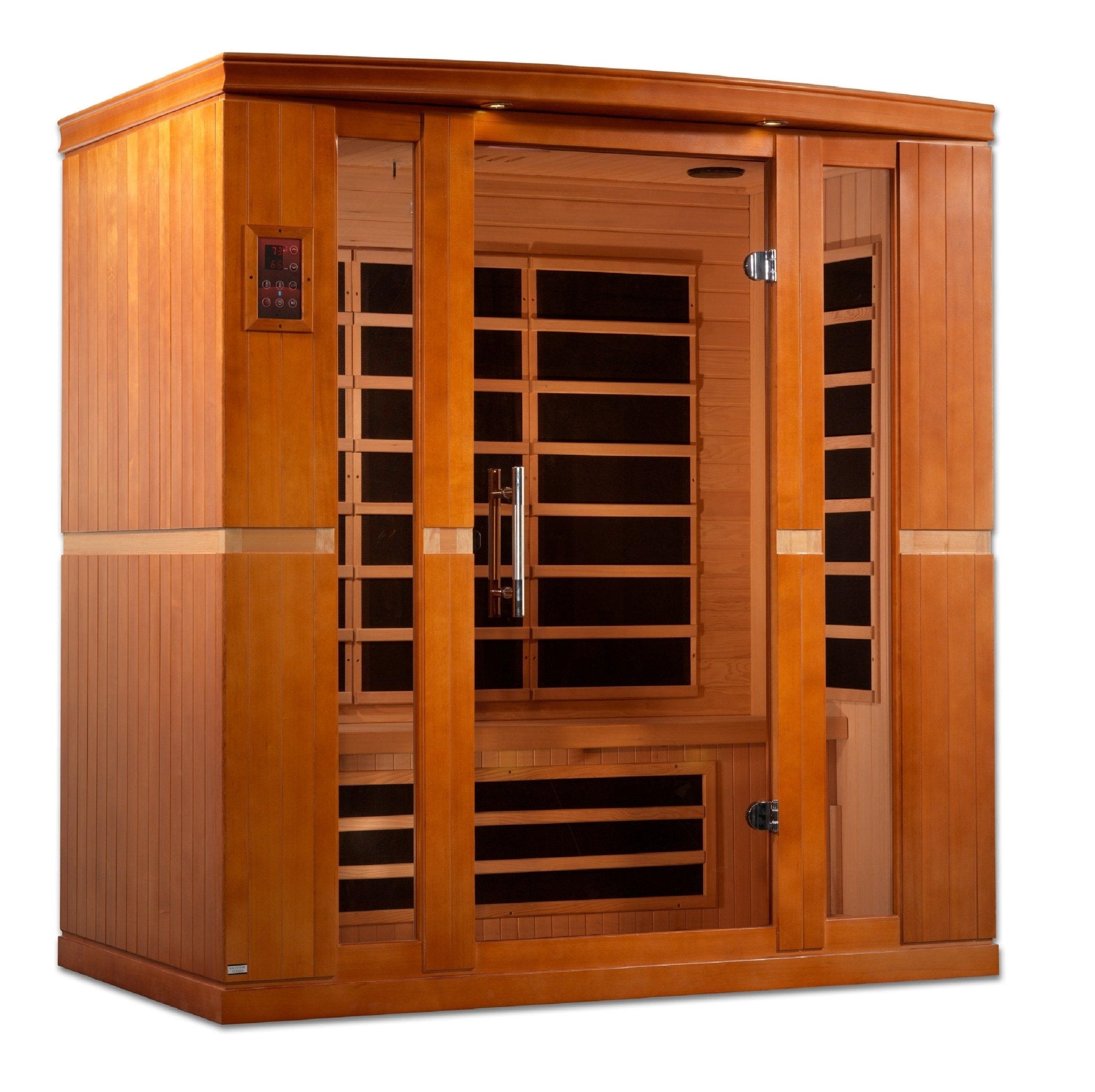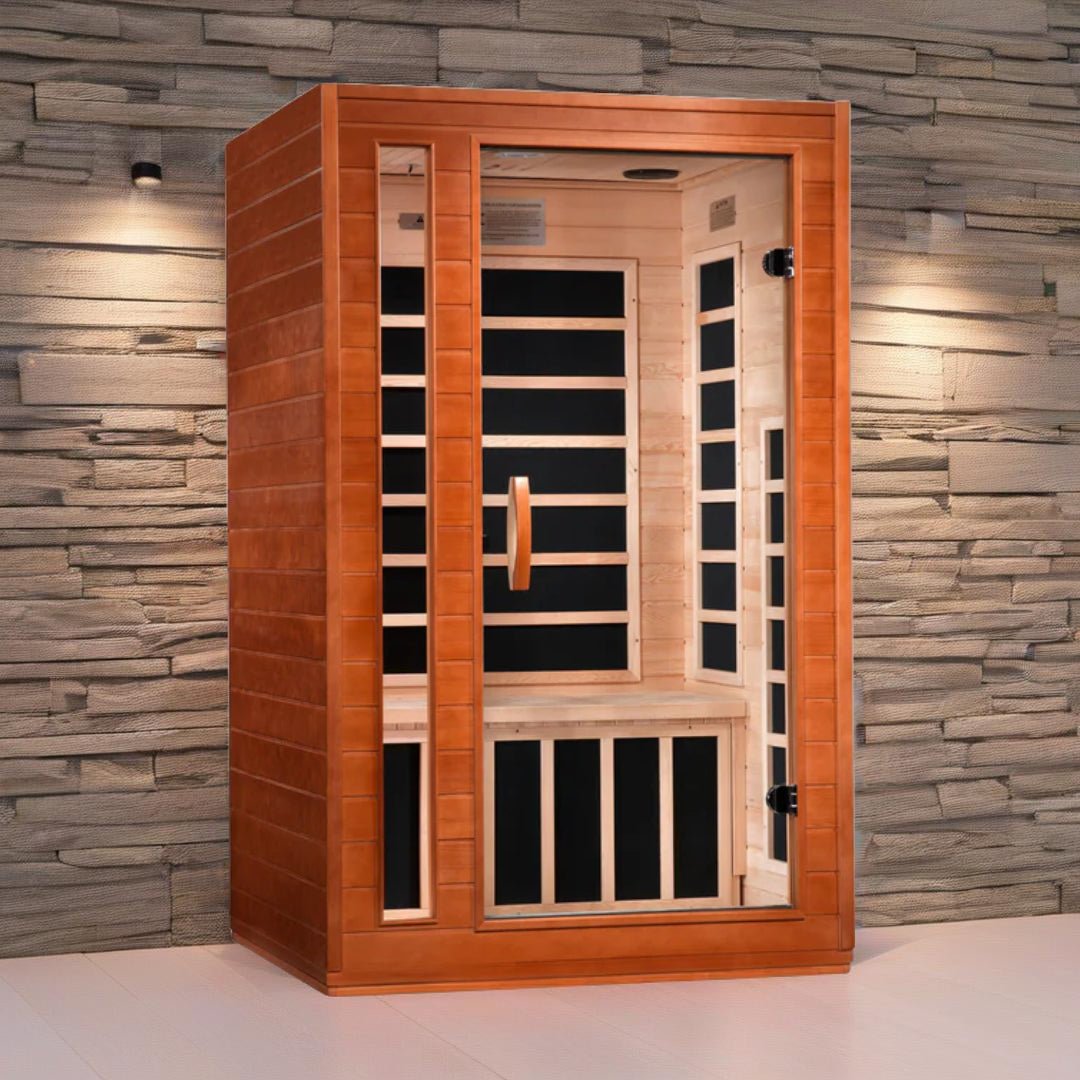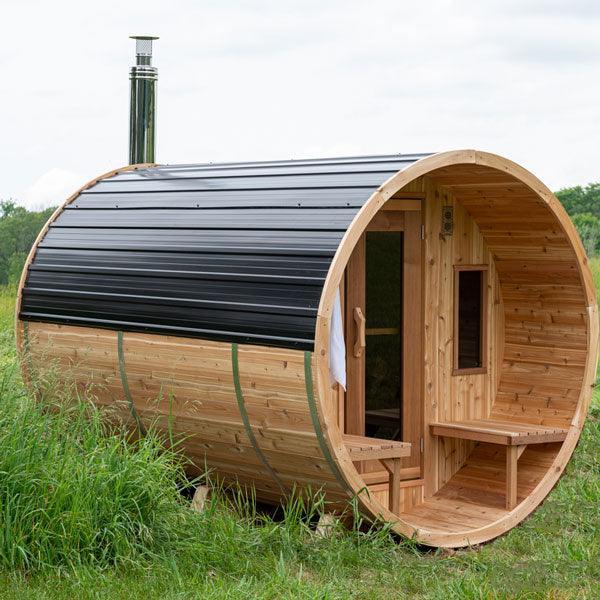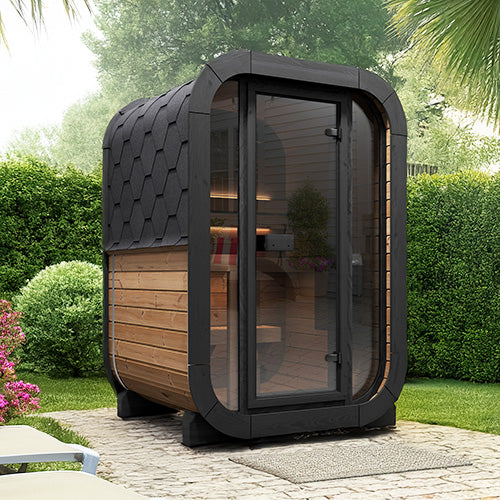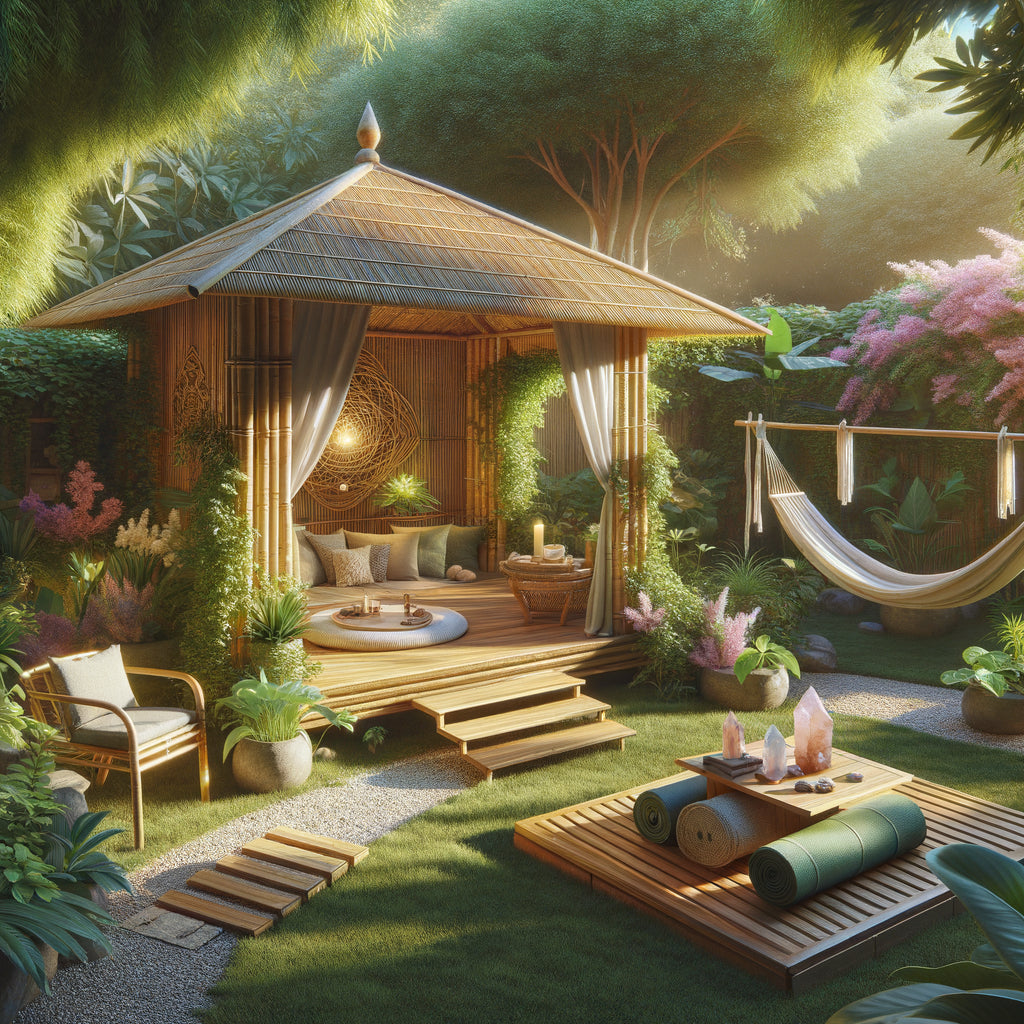
Transform Your Backyard Into a Serene Wellness Retreat
In our fast-paced world, the importance of self-care and relaxation cannot be overstated. One of the most effective ways to achieve this is by creating a personal oasis right in your backyard. Imagine stepping outside your door and entering a sanctuary designed for rest, rejuvenation, and wellness. This article will guide you through the process of transforming your backyard into a wellness retreat that promotes physical and mental well-being through thoughtful design, calming elements, and practical amenities.
What Are the Benefits of a Backyard Wellness Retreat?
Designing a wellness retreat at home can offer numerous benefits. Firstly, it provides a convenient escape from daily stressors, allowing for regular mindfulness and relaxation practices. According to a study published in the International Journal of Environmental Research and Public Health, exposure to nature significantly reduces stress levels and enhances overall mental health. Furthermore, a dedicated space for wellness encourages consistency in self-care routines.
Additionally, having a wellness retreat at home can foster creativity and connection with nature, promoting a sense of peace and grounding. Whether you aim to meditate, practice yoga, or simply enjoy a quiet moment with a book, your backyard can become a versatile space for all these activities.
How to Start Designing Your Wellness Retreat?
Creating a backyard wellness retreat begins with thoughtful planning and design. Here are some essential steps to consider:
1. Assess Your Space
Take a close look at your backyard. Identify areas that receive sunlight, shade, and natural beauty. Consider the size and shape of your yard, as well as any existing features, such as trees or flower beds, that you might want to incorporate into your design.
2. Define Your Purpose
Understanding how you want to use your wellness retreat is crucial. Will it serve primarily as a relaxation space, a yoga studio, or a meditation area? Defining its purpose will help you make informed decisions when selecting elements and layouts.
3. Choose a Theme
Establishing a theme can help unify the design of your wellness retreat. Popular themes include Zen gardens, tropical paradises, or rustic retreats. Consider colors, materials, and plants that align with your chosen theme to create a cohesive look.
What Elements Should You Include in Your Retreat?
Incorporating various elements can enhance the tranquility and functionality of your backyard wellness retreat. Here’s a list of essential features to consider:
- Seating Areas: Comfortable seating is vital for relaxation. Consider including lounge chairs, hammocks, or a cozy outdoor sofa.
- Water Features: The sound of water can be incredibly soothing. A small fountain, pond, or even a birdbath can add a calming auditory element.
- Plants and Greenery: Incorporate a variety of plants that promote relaxation, such as lavender, chamomile, and ferns. Greenery can also improve air quality and enhance visual appeal.
- Lighting: Soft, ambient lighting can create a soothing atmosphere in the evenings. Consider string lights, lanterns, or solar-powered garden lights.
- Mindfulness Areas: Designate space for activities like yoga or meditation. A flat, stable surface is ideal for yoga mats, while cushions or benches can enhance meditation.
- Wellness Equipment: Consider adding equipment such as a sauna, massage chair, or cold plunge pool to elevate your wellness experience. Products like saunas can help you relax and detoxify.
How Can You Create a Mindful Atmosphere?
Creating a mindful atmosphere is essential for a successful wellness retreat. Here are some strategies to enhance tranquility:
1. Incorporate Natural Materials
Utilizing natural materials such as wood, stone, and bamboo can create a soothing environment that connects you with nature. These materials also promote a sense of warmth and authenticity.
2. Use Calming Colors
Color psychology plays a significant role in mood. Opt for calming hues like soft greens, blues, and neutrals to evoke feelings of peace and relaxation.
3. Create a Scented Environment
Aromatherapy can enhance your wellness experience. Consider planting fragrant herbs or using essential oils in diffusers to create a calming scent profile.
What Activities Can You Enjoy in Your Retreat?
Your wellness retreat can serve as a space for a variety of activities that promote mental and physical well-being:
- Yoga and Meditation: Practice mindfulness through yoga sessions or guided meditation.
- Gardening: Engage with nature by planting flowers or vegetables, which can be therapeutic and rewarding.
- Reading and Journaling: Create a peaceful reading nook with soft cushions and blankets for quiet reflection.
- Outdoor Workouts: Utilize your space for outdoor workouts, such as tai chi, Pilates, or simple stretching routines.
By incorporating these activities, you create a dynamic environment that supports a well-rounded approach to wellness.
How to Maintain Your Wellness Retreat?
Regular maintenance is essential to keep your retreat inviting and functional. Here are some maintenance tips:
- Regular Cleaning: Keep seating areas, pathways, and water features clean to maintain a pleasant environment.
- Seasonal Plant Care: Monitor the health of your plants and adjust care routines according to the seasons.
- Equipment Maintenance: Ensure that any wellness equipment, such as saunas or massage chairs, are regularly serviced and in good working condition.
How Can You Enhance Your Retreat Experience?
To elevate your experience, consider the following enhancements:
- Add a Fire Pit: A fire pit can extend the usability of your retreat into the evening, providing warmth and ambiance.
- Incorporate Music: Soft background music can enhance relaxation. Consider using outdoor speakers for a seamless experience.
- Seasonal Decor: Change your decor with the seasons to keep the space fresh and inviting.
These enhancements can make your backyard wellness retreat an even more enjoyable experience.
Ready to begin your transformation? Explore wellness products like floatation therapy tanks or massage chairs to integrate into your retreat for ultimate relaxation.
FAQs
1. How much space do I need for a wellness retreat?
The size of your wellness retreat can vary based on your needs. Even a small corner of your backyard can be transformed with seating and plants.
2. What type of plants are best for a wellness retreat?
Consider plants that are known for their relaxing properties, such as lavender, chamomile, or bamboo, as they can enhance the tranquil atmosphere.
3. How can I incorporate water features?
You can add a small fountain, a pond, or even a birdbath to introduce soothing water sounds, which can help reduce stress.
4. What wellness equipment should I consider?
Popular choices include saunas, massage chairs, and cold plunge pools, which can all enhance relaxation and rejuvenation.
5. Are there specific colors that promote relaxation?
Soft colors like greens, blues, and neutral tones are known to evoke feelings of calmness and peace.
6. How often should I maintain my wellness retreat?
Regular maintenance, including cleaning and seasonal plant care, should be done weekly or biweekly to keep the space inviting.
7. Can I use my retreat year-round?
Yes, with appropriate heating for cooler months and shaded areas for hot days, you can enjoy your wellness retreat throughout the year.
Transforming your backyard into a wellness retreat is a fulfilling project that can greatly enhance your quality of life. By carefully designating space, choosing calming elements, and incorporating activities that nurture both body and mind, you can create a personal sanctuary that promotes health and well-being. Start your journey today and experience the profound impact of a dedicated wellness space at home.
For more resources on wellness products, visit In House Wellness and explore options that can elevate your backyard retreat experience.
Author Bio: A wellness enthusiast and landscape designer, Jane Doe specializes in creating tranquil outdoor spaces that promote relaxation and mindfulness. With years of experience, she helps individuals transform their backyards into personal sanctuaries.
View More Articles
